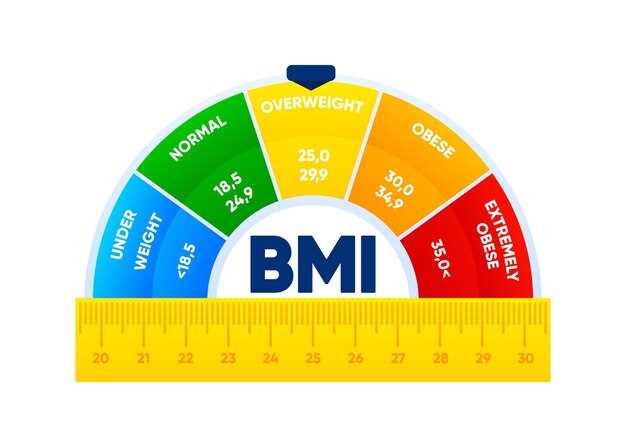

The size of a vehicle’s wheel plays a crucial role in its overall performance. It affects a multitude of factors, including speed, handling, and fuel efficiency. Understanding how wheel size impacts these elements can help drivers and automotive enthusiasts make informed choices regarding their vehicles. The relationship between wheel size and unsprung weight is particularly significant, as alterations in wheel dimensions can lead to varying effects on the vehicle’s dynamics.
When discussing wheel size, it is essential to consider the concept of unsprung weight. This term refers to the weight of the components not supported by the vehicle’s suspension system, primarily the wheels and tires. A larger wheel typically increases the unsprung weight, which can hinder the suspension’s ability to react effectively to road imperfections, consequently affecting ride quality and handling. Striking a balance between wheel size and unsprung weight is critical for optimizing performance.
The weight distribution of a vehicle can shift significantly with changes in wheel size, influencing acceleration and braking capabilities. Larger wheels may enhance grip and stability at higher speeds, but they can also lead to increased rotational mass, requiring more power to achieve and maintain speed. Therefore, understanding the intricate relationship between wheel size and vehicle performance is vital for anyone looking to enhance their driving experience.
Understanding Unsprung Weight and Its Effects on Handling
Unsprung weight refers to the components of a vehicle that are not supported by the suspension system. This primarily includes the wheels, tires, brake assemblies, and any other parts that are directly connected to the wheel assembly. The wheel diameter plays a crucial role in determining the unsprung weight of a vehicle. As the diameter of the wheel increases, the overall weight often increases as well due to the larger size and additional materials required to maintain structural integrity.
The effects of unsprung weight on handling are significant. A higher unsprung weight can lead to diminished responsiveness and poorer ride quality. When a vehicle encounters bumps or irregularities in the road, the heavier components can struggle to adapt quickly. This results in less effective tire contact with the road surface, reducing traction and overall stability.
Conversely, a reduction in unsprung weight enhances a vehicle’s handling capabilities. Lighter wheels allow for more agile turn-in and improved cornering performance. This increased responsiveness is particularly beneficial in performance-oriented vehicles, where managing weight distribution during dynamic maneuvers is crucial. Moreover, lighter wheels can facilitate better suspension action, allowing the system to react more efficiently to road conditions.
In conclusion, understanding the impact of unsprung weight, particularly in relation to wheel diameter, is essential for optimizing vehicle performance. By carefully considering these factors, manufacturers and enthusiasts alike can enhance handling, improve ride comfort, and ultimately elevate the driving experience.
How Wheel Diameter Influences Acceleration and Braking

The diameter of a wheel plays a crucial role in determining a vehicle’s acceleration and braking performance. Larger wheel diameters typically result in a larger circumference, which can allow the vehicle to cover more ground with each rotation. This aspect is particularly beneficial for acceleration, as a bigger wheel can enhance traction and maintain speed more efficiently during straight-line performance.
However, larger wheels come with increased weight, which can adversely affect acceleration. The additional mass requires more power from the engine to achieve the same level of acceleration compared to smaller wheels. This phenomenon is known as rotational inertia, where the effort to spin a heavier wheel increases resistance against the vehicle’s acceleration goals.
On the braking front, wheel diameter also has significant implications. Larger wheels often require larger brake components, which can improve heat dissipation and performance under strenuous conditions. Nevertheless, the increase in weight may counteract some braking efficiency. When a heavier wheel needs to be decelerated, the braking system must work harder, potentially lengthening stopping distances.
Ultimately, the relationship between wheel diameter and vehicle performance is complex. While larger wheels may enhance grip and stability, they can also introduce challenges related to weight that impact both acceleration and braking dynamics. Balancing these factors is essential for optimizing vehicle performance.
Choosing the Right Wheel Size for Specific Driving Conditions

Selecting an appropriate wheel size is crucial for optimizing vehicle performance across various driving conditions. One key factor to consider is the diameter of the wheel. Larger wheels often enhance grip and improve handling, especially on paved roads, as they provide a wider contact patch with the surface. This can be particularly beneficial in dry conditions, where increased traction can lead to better acceleration and cornering capabilities.
However, larger wheels typically come with an increase in weight, which can negatively affect fuel efficiency and acceleration. Heavier wheels require more energy to rotate, leading to decreased responsiveness, especially during start-up. Therefore, when navigating urban environments or stop-and-go traffic, smaller wheels might be preferable, as they allow for quicker acceleration and improved maneuverability.
In off-road scenarios, the wheel size should be tailored to the terrain. Larger diameter wheels can help in traversing obstacles more effectively by providing greater ground clearance and reducing the risk of getting stuck. Nonetheless, the corresponding weight increase must also be accounted for, as excessive weight can hinder performance on uneven surfaces.
Ultimately, the right wheel size is a balance between desired performance characteristics and driving conditions. It’s essential to assess the typical environments where the vehicle will be used, taking into account how factors such as wheel diameter and weight will influence performance, comfort, and safety.






